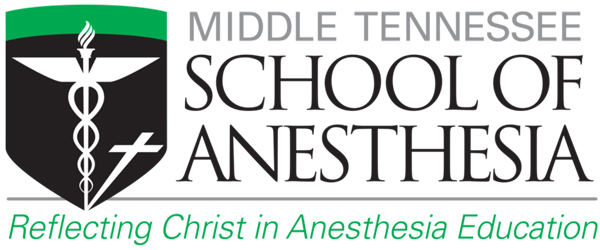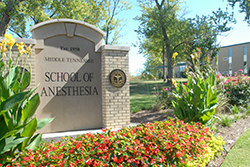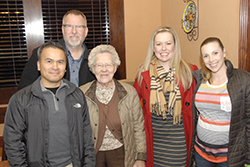Advanced Ultrasound for Anesthesia Workshop – Including USGRA, TEE, TTE, & POCUS
Day of Workshop Registrations Accepted
Plan now to attend the Advanced Ultrasound for Anesthesia workshop – including USGRA, TEE, TTE, POCUS, and pulsatile cadaveric models using the Maverick Method – on August 27, 2017. Don’t miss the opportunity to collaborate with fellow CRNAs and learn the latest techniques from qualified experts.
Faculty for the daylong workshop includes Bill Johnson, DNAP, CRNA, Director of the MTSA Acute Surgical Pain Managment Fellowship; Patrick Moss, DNAP, CRNA; Justin Ullrich, MBA, RDCS, RVT, RCIS, CCT; and John Shields, DNAP, CRNA.
Location: MTSA, 315 Hospital Drive, Madison, TN
This program has been prior approved by the American Association of Nurse Anesthetists for 8.00 Class A CE credits; Code Number 1035130; Expiration Date 8/27/2017.
Register now» (MTSA alumni discount code: MTSAALUM)
Course objectives are outlined below:
1. Objectives for the Introduction of ultrasound‐guided regional anesthesia for Interscalene, Supraclavicular, Infraclavicular, and Axillary nerve blocks:
- Proper USGRA techniques when performing Interscalene, Supraclavicular, Infraclavicular, and Axillary nerve blocks
- Pharmacologic dosing, complications, and safe anesthesia practices as it relates to the performance of Interscalene, Supraclavicular, Infraclavicular, and Axillary nerve blocks
2. Objectives for the Introduction to Ultrasound Point-of-Care (POCUS) and Airway Ultrasound techniques:
- Scanning techniques, indications, and interpretations for Point-of-Care and Airway Ultrasound, so they can properly be utilized in the clinical setting to facilitate enhanced patient care.
3. Objectives for Introduction to ultrasound‐guided fascia iliaca, femoral, adductor canal, popliteal, tranversus abdominus plane, and rectus sheath blocks.
- Proper USGRA techniques when performing fascial illiaca, femoral, adductor canal, popliteal, tranversus abdominis plane, and rectus sheath blocks.
- Pharmacologic dosing, complications, and safe anesthesia practices as it relates to the performance of fascial illiaca, femoral, adductor canal, popliteal, tranversus abdominis plane, and rectus sheath blocks.
4. Objectives for Introduction to Transthoracic Echo (TTE) and Transesophagel Echo (TEE):
- Views utilized during basic perioperative transesophageal echo (PTE) as outlined by the American Society of Echocardiography.
- Identify hemodynamic parameters that may be assessed using TEE (filling, contractility, wall motion.
- Assess mitral, aortic, tricuspid and pulmonic valve competence using basic PTE
5. Objectives for Hands‐On Training:
- Demonstrate the ability to locate pertinent anatomical structures as it relates to the performance of the following blocks:
- Interscalene, Supraclavicular, Infraclavicular, Axillary, Femoral, Fascial iliaca, Adductor Canal, Femoral, TAP, Rectus sheath USGRA nerve blocks
- Utilize safe ultrasound‐guided needling techniques in the performance of peripheral blocks.
- Identify pertinent sonoanatomy at ultrasound stations using Live-Models.
- Demonstrate safe needling techniques when performing USGRA on pulsatile cadaveric models using the Maverick Method.
- Apply methods to evaluate cardiac function on a live-models using TEE and TTE ultrasound techniques.
- Heartworks simulator to be used for TEE








